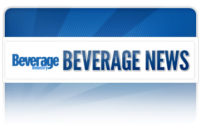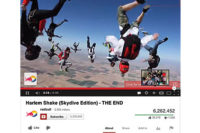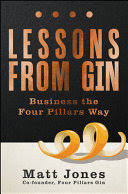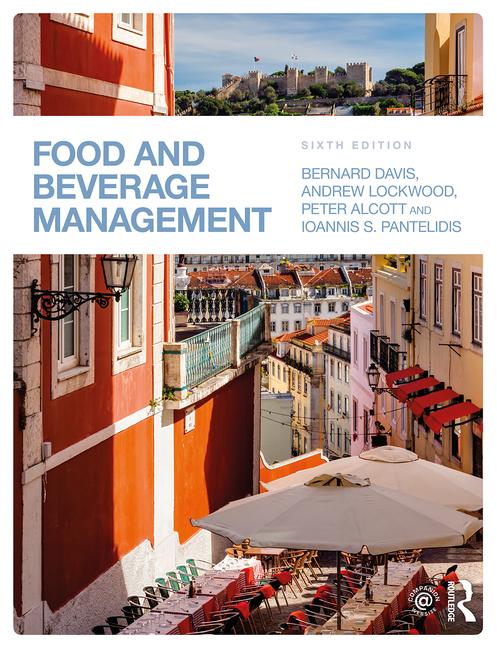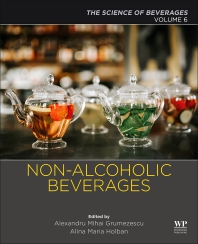Using social media as a product development tool
Crowdsourcing helps brands develop products to please fans

Blue Moon put three suggestions for a limited-edition winter beer up to a Facebook fan vote as part of its 2013 Craft the New Moon initiative. (Image courtesy of Blue Moon Brewing Co.)

Devotion Spirits Inc. turned to its Facebook fans to help choose new vodka flavors. (Image courtesy of Devotion Spirits Inc.)


By the time you’ve finished reading this article, between 5,000 and 6,000 tweets about beverages will have been sent across the Twittersphere, according to Rob Goulding, director of the multi-channel sector for San Francisco-based Twitter Inc. In fact, more than 1.5 million conversations about beverages happen every day on Twitter, he says.
With engagement numbers like these, it makes sense that beverage brands would want to turn to social media to connect with their fans and even pull new product development ideas from them. In fact, social media can be helpful in multiple steps of the product development process from idea conception to development to launch.
In the early stages of product development, social media is an important tool for research, according to Lee Odden, chief executive officer of TopRank Online Marketing, Spring Park, Minn., in his November 2012 article “3 Ways Entrepreneurs Can Leverage Social Media to Market New Products and Services,” on clickz.com. “Social listening is an ongoing effort to assess online interest trends and for hits about a particular topic during a given moment in time,” he wrote. “Social listening can help uncover other key insights that could fuel social media outreach, content and engagement to drive relevant awareness.”
By monitoring keywords on social media websites like Twitter, brands can observe what fans are saying about products similar to their own, uncovering what these target consumers like, do not like, and need from products in a specific beverage category.
Once basic product ideas are developed, brands can use their social media accounts to poll their fans for feedback. Devotion Spirits Inc., Philadelphia, has been tapping its social media fans for insights since 2009, says Chief Executive Officer Drew Adelman. “We actually take 50 percent [of our ideas] from social media,” he says. “… I might have a preference, but if I have 50,000 people that are saying, ‘Listen, go this way,’ my one vote does not matter at that point.” In Adelman’s philosophy, the opinions of the consumers matter the most, he says. Plus, he has found that using social media is the best way to connect with these consumers, because social media sites have become a source of news information for consumers and companies alike, he adds.
When the brand was looking to add new flavors to its lineup, it put the options to a Facebook fan vote, Adelman explains. “We put a couple different choices up, we saw what our customer base — our fan base — gravitated toward, and we just seized the moment on that,” he says. The brand posted the options and asked which vodka flavor they would like best and what they would mix it with, he says. The results showed an overwhelming response to both blackberry and blueberry flavor suggestions, so the brand decided to combine them into one for its Black & Blue variety, which is now the brand’s top-selling SKU, he explains. The brand also introduced Blood Orange and The Perfect Cosmo varieties along with Black & Blue in spring 2012, according to the brand’s website.
“It’s just great to get everybody involved, because everybody thinks they’re involved with the process, and they’re involved with the success too,” Adelman says. “It’s a win-win for us.”
Fan suggestions also helped the brand create promotional materials, like Devotion Vodka T-shirts, and expand distribution into new regions and locations, Adelman adds.
Golden, Colo.-based Blue Moon Brewing Co., part of Chicago-based MillerCoors’ Tenth and Blake Beer Co. division, has worked with its fans in the last couple of years through its 2012 Craft the Next Blue Moon and 2013 Craft the New Moon programs to help determine new seasonal flavor releases. Through these year-long initiatives, the brand spends months listening and sampling, using consumer feedback on Facebook and in person to determine a winning product, explains Associate Brand Manager Elizabeth Pollock.
“Facebook continues to be such a great tool for us because our fans are both creative and incredibly engaged online,” Pollock says. It’s important that we tap into them and that we as Blue Moon Brewing Co. remain approachable, just like our beers.”
The approach consisted of multiple phases, Pollock explains. “During Phase 1, we asked our fans to suggest and vote on ingredients used to create our new beer,” she says. “Once we landed on three beers, we gave Facebook fans another chance to join the process by voting on their favorite label art. Through national beer voting and sampling events, our consumers had the chance to taste the beers they helped craft and vote for their favorite. Those unable to attend events could vote online.”
Last year, the online voting was used to create its fall limited release, Caramel Apple Spiced Ale, which was marketed on Facebook and through other media channels as a fan-crafted beer with apple juice, cinnamon, nutmeg and caramel malts for a warming spice taste, recreating the flavors of fall, the company says.
For the 2013 campaign, the brand posted three options — Chocolate Mint, Gingerbread and Cranberry — for its 2013 limited-edition winter release to its Facebook page in January. The post received more than 800 likes and more than 3,000 comments voting for one of the proposed beers. During the beer voting and sampling portion of the campaign, approximately 7,500 to 12,000 consumers sampled the finalist beers and cast their votes, according to Pollock. In all, the brand managed to reach more than 300,000 fans through Craft the New Moon Facebook launch announcements, education, teasers and voting, she says.
“These programs helped increase engagement online, provide a great way to showcase the talent of our brewers, serve as a great source of content, and, most importantly, show appreciation for our awesome fans,” Pollock says of the campaign’s success.
The latest limited-edition, seasonal beer will be released Nov. 2 in conjunction with the November new moon.
Looking for a reprint of this article?
From high-res PDFs to custom plaques, order your copy today!




